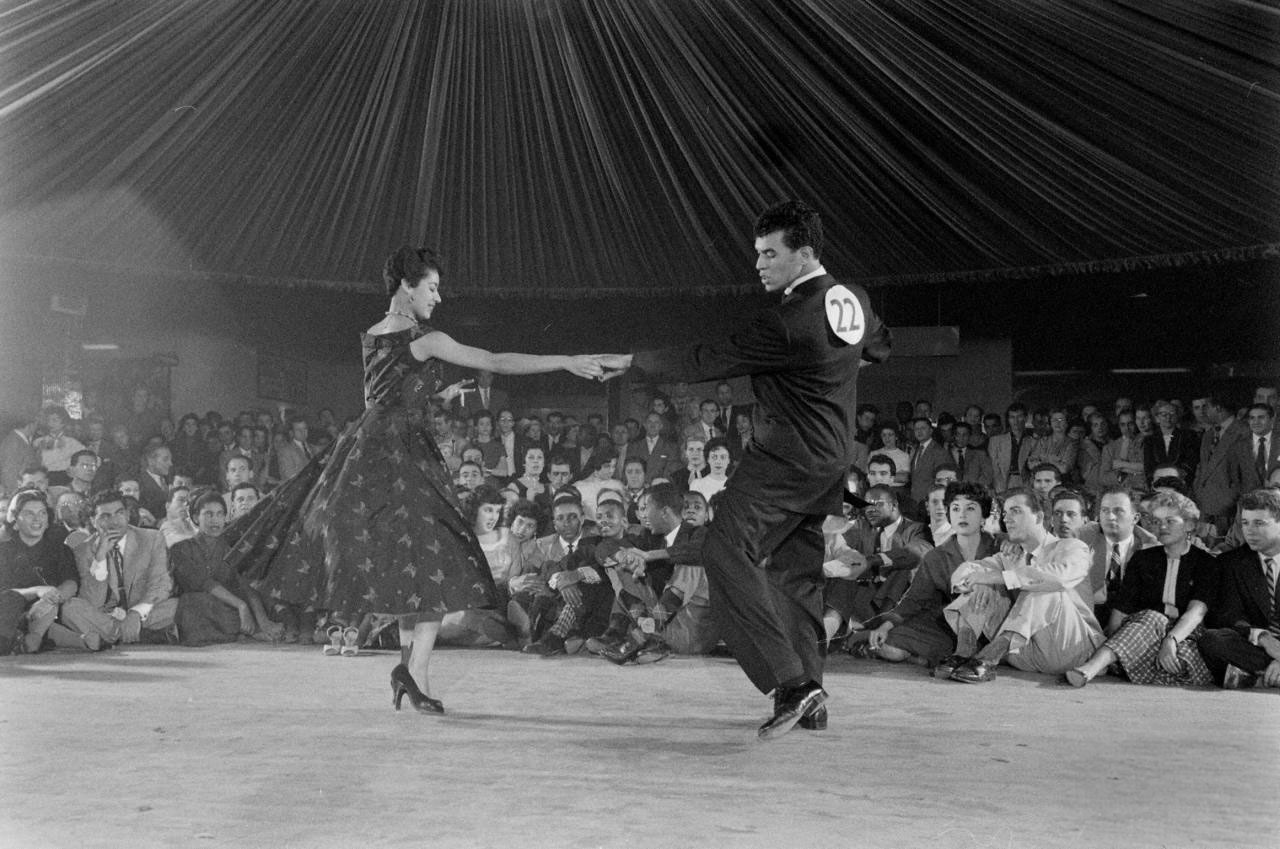Dance San Francisco - Questions
Wiki Article
Things about Dance San Francisco
Table of ContentsThe Definitive Guide for Dance San FranciscoExcitement About Dance San FranciscoSome Known Incorrect Statements About Dance San Francisco The Only Guide for Dance San Francisco
Let's consider Salsa dance and music as a great huge Tree that looks like this: Salsa is danced globally while several technical elements of the dancing coincide throughout styles (6 actions over 8 beats danced on a quick-quick-slow or slow-quick-quick rhythm), there are a number of "characteristic" functions of the main designs of Salsa that distinguish one from the various other.Pairs taking part in an Online casino Rueda dance all relocate unison as called by a Leader. Distinct functions of Cuban design salsa are round turn patterns (with "break back" actions on counts 1 and 5) along with body activity influenced by conventional Afro-Cuban folkloric dancings. Distinct functions of Cali design salsa is quick and intricate maneuvering, danced with a solid hand hold connection in between partners.
The origins of the design are a subject of dispute, yet it is claimed that New york city style Salsa dancing came from the 1960's because of the influx of Latin American emigrants after the Cuban Revolution (salsa dancing sf). Eddie Torres is one of the most well known New York style dancer, being nearly globally credited with popularizing the style to dance centres beyond New york city
The basic rhythm of "On-2" is slow-quick-quick. The "youngest" of the styles of Salsa, L.A (https://www.flickr.com/people/199658312@N04/). Design (some people have called it "West Shore" style) became prominent in the 1990's and has its origins in ballroom (Mambo, Swing and Cha, Cha, Cha). Turn patterns lead and adhere to strategies are greatly influenced by these designs, with the Cross Body Lead being the cornerstone of the design
Fascination About Dance San Francisco
Design are execution of turn patterns and numbers in the "port", with the break actions on counts "1" and "5". While Salsa songs has solid beginnings in Cuban, Colombian and Puerto-Rican folkoric traditions, it can not be discounted that all Afro-Latin and Latin American cultures have added to modern Salsa music as we recognize it today.


Getting The Dance San Francisco To Work
distinguishing characteristics of Salsa music are: 4/4 measure signature, Boy Clave and Tumbao rhythms, Montuno Piano Unless you have a history in songs, the above 3 features probably indicate nothing to you. A much easier way to define Salsa music is how it does NOT seem like various other sorts of Latin American popular music.
It's time for lessons. With many studios out there and different styles to pick from, where does a full novice begin? A lot of new dancers choose to find out L.A. "On-1" style slotted Salsa designs are one of the most common in The United States and Canada (with some exemptions of some metropolitan centres that still mainly accept Cuban and Puerto Rican styles) and L.A.
.A. Design will quickly instruct you the basics of Salsa timing, weight transfer and turn pattern execution. Several professional dancers, as soon as they have actually had a year or more of dancing L.A. Style Salsa under their belts, "switch" to New york city design in order to expand investigate this site their dance vocabulary; yet lots of dancers determine to stay with simply one design of Salsa and enjoy their time on the dance floor in that specific design. salsa dancing sf.
Style and New York City Design all being danced in the exact same club, with much of the professional dancers having the ability to switch from one design to the other from one track to the next. salsa dancing sf. No matter which design you select it is necessary to stick to that design until you're extremely comfy with the fundamentals of timing, body rhythm and structure move implementation before considering "switching" styles (if you want to)
Once you get started on lessons be ready to commit energy and time to learning how to dance generally it takes a complete rookie (i. e., someone with little or no dance experience) concerning 6 months of proactively taking lessons and heading out and exercising a minimum of two times a week to obtain to a factor where pattern implementation starts to feel "natural".
Report this wiki page